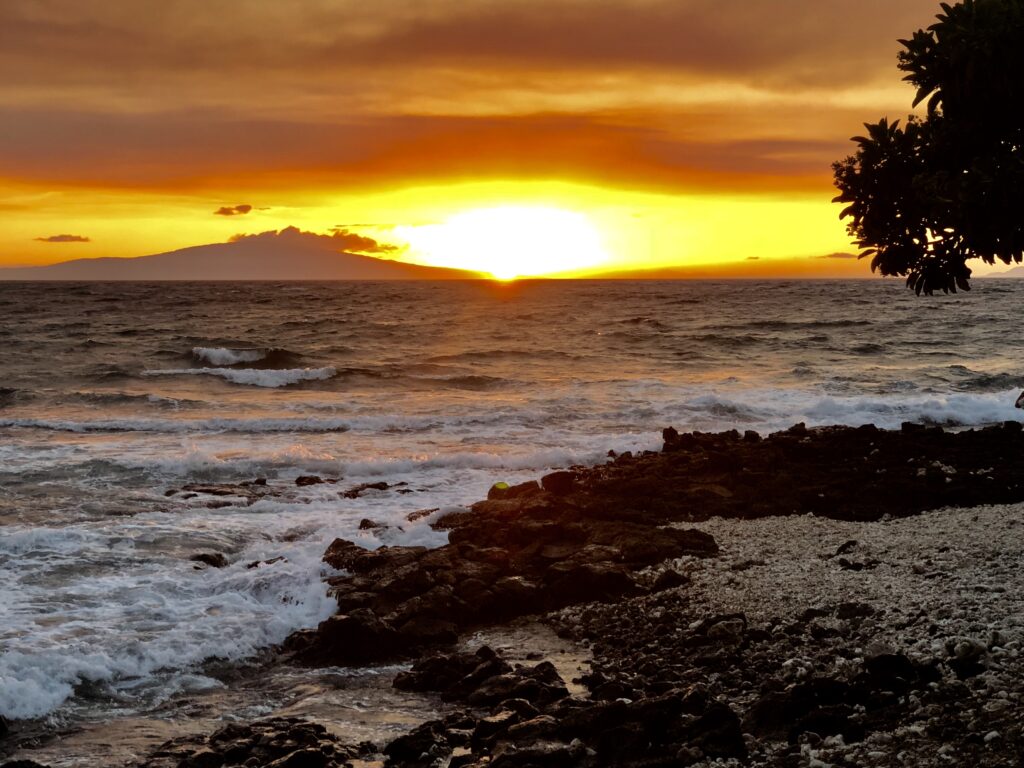
Following climate change science is like tracking a snake, slithering along a rocky path that disappears into the dark crevasses of the unknown. Every once in a while, in the chance of a successful encounter, it lunges towards its prey to bathe in the sunlight of a sudden discovery. Science is like that, full of fits and starts, particularly climate science, which in recent years has been a lot more successful in its hunt for the truth.
I have the utmost respect for the researchers who toil at the forefront of our rapidly changing climate. They are mix of Paul Revere and Jeffrey Wigand, part watchman and part whistleblower. Climate scientists have not had an easy road over the past 30 years. They’ve been attacked and maligned, threatened by political cronies and pseudo-scientists connected to the most powerful industry on earth. Distinguished scientists have been accused of manipulating facts to meet their preconceived notions, forced to defend themselves from theft of personal and intellectual property, and trapped by complicated legal challenges that would drive most people underground.
To top it off, an administration adverse to science and the global threats that climate change represents has added the government’s weight behind the list of abusers, shutting down agency science projects, stripping mentions of climate change in reports, and threatening federal science staff in an atmosphere of intimidation and fear.
Until recently, the mainstream media, particularly the broadcast media, has done climate scientists few favors by keeping them at arms-length in their reporting, off panels of pontificators that are overly concerned about giving two sides to a story that deserves only one: the scientific truth. Fortunately, the media’s freeze-out of real science is starting to thaw. NBC Meet the Press host Chuck Todd was embarrassed by a conservative policy wonk who claimed that temperatures are cooling and was never challenged on his show; so Todd decided no more climate deniers would be allowed on his program. Small steps, but it’s important for people to know what’s real.
Despite overwhelming adversity, climate scientists have not gone underground. The Michael Mann’s, Jim Hansen’s, and Gavin Schmidt’s of the world have all pressed forward with their research, and just as importantly, voiced their views. Without them, it’s unlikely we would be shaken out of our slumber before the pot called Earth boils over. It’s our duty to report on their work and to include their voices, because if they don’t speak out, we can’t report the whole story. And the public will remain confused and in the dark. I see it time and time again, often in people who I would never expect.
Just last weekend, at a dinner with friends of my daughter’s high school team, I was asked about climate change by one of the parents, a professional lawyer concerned about her daughter’s future. “So, is it true?” she asked, “Do you really think it’s caused by people?” I was taken aback, and I explained that her question showed just how successful the fossil fuel industry has been in muddying the waters. “If more than 97% of oncologists thought you had breast cancer, would you believe them?” She nodded and looked away.
This is the threat we face, the never-ending danger of doubt and false hope that pervades not just our politics but our science. It perverts our professional and social circles to a point that if nothing seems certain, why do anything about it at all? Apathy is the mother of inertia. We really only have ourselves to blame if we don’t take dramatic action to fight this existential threat. It’s not an exaggeration. Just ask the experts.
Yesterday, I read two stories that pounded home just how serious things are. In Scientific American, reporter Laura Poppick wrote a lengthy piece on new research that shockingly shows ocean oxygen levels are rapidly decreasing, in some places by as much as 40% over the past 50 years, threatening ocean life around the world. “We were surprised by the intensity of the changes we saw, how rapidly oxygen is going down in the ocean and how large the effects on marine ecosystems are,” the scientists reported.
As if that wasn’t enough, the same day another bone-chilling account, this time by science writer and editor Natalie Wolchover in Quantamagazine, described how new research shows increasing amounts of CO2 spewed into the atmosphere may lead to fewer clouds, ultimately superheating the planet. “I hope we never get there,” one scientist said about the science points us yet in a new dangerous direction.
Despite the gloomy news, we still have time to act (yes we always say this but it’s true). It will take a Herculean effort to rally the global political and business world to act, but if we care about the future we really don’t have a choice. If scientists know one thing it’s that we will reach catastrophic climate change soon if we don’t cut carbon emissions. And there are increasing concerns that unknown feedback loops will cause faster levels of ice melt, greater natural methane and CO2 releases, bigger forest fires, more dangerous storms and changing ocean and atmospheric currents if we just sit around debating the threats.
Climate scientists are not the solution to everything, but they are the pioneers and the truth-tellers who can help us find solutions. We need their free and open judgement, their honesty and technical genius to push us toward a future our kids are counting on. Don’t believe the politicians who look in our children’s eyes and say; “Trust me, I just got elected and I know what to do.” Instead trust the scientists putting their careers on the line to seek the truth.
That’s who I’m betting on.
